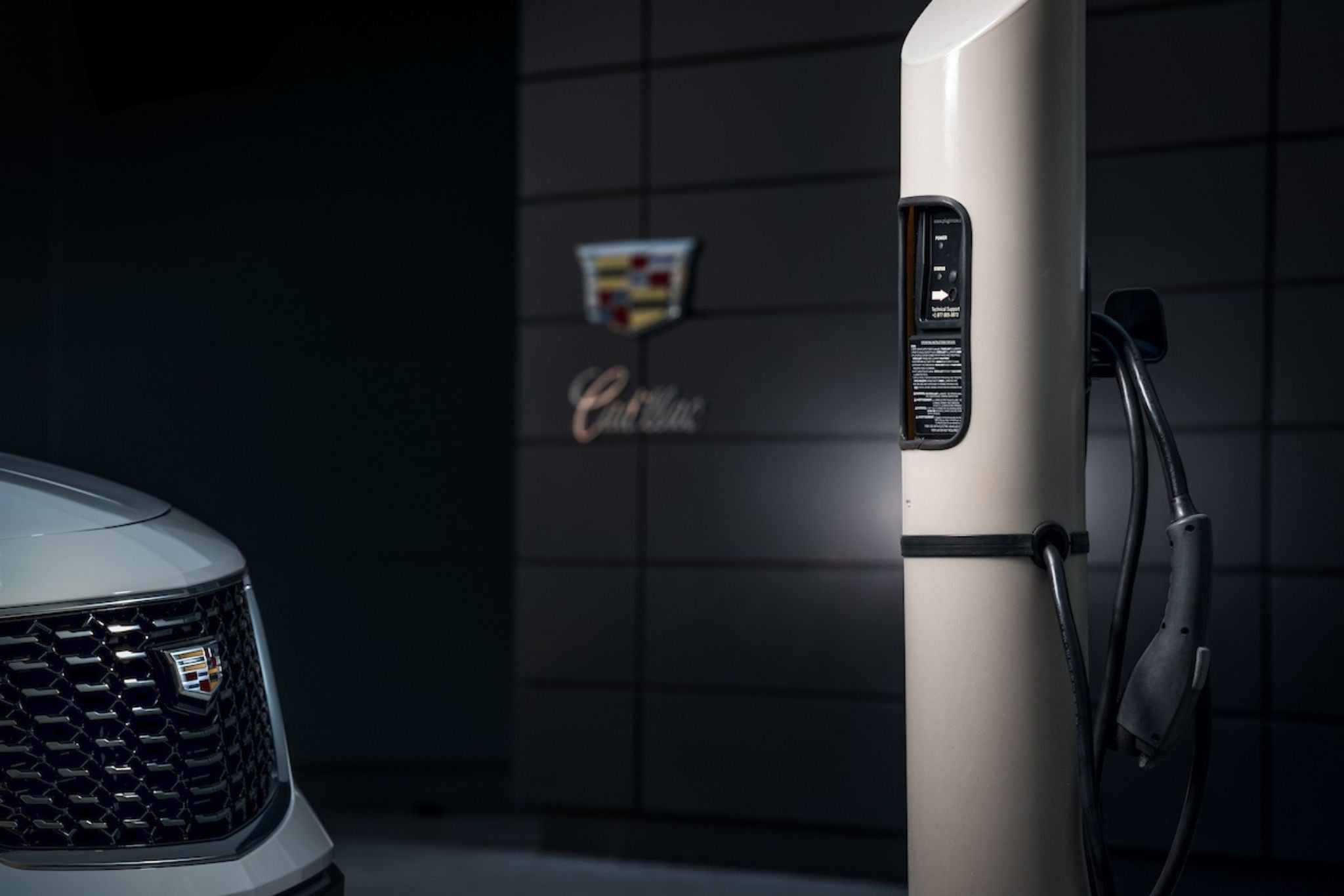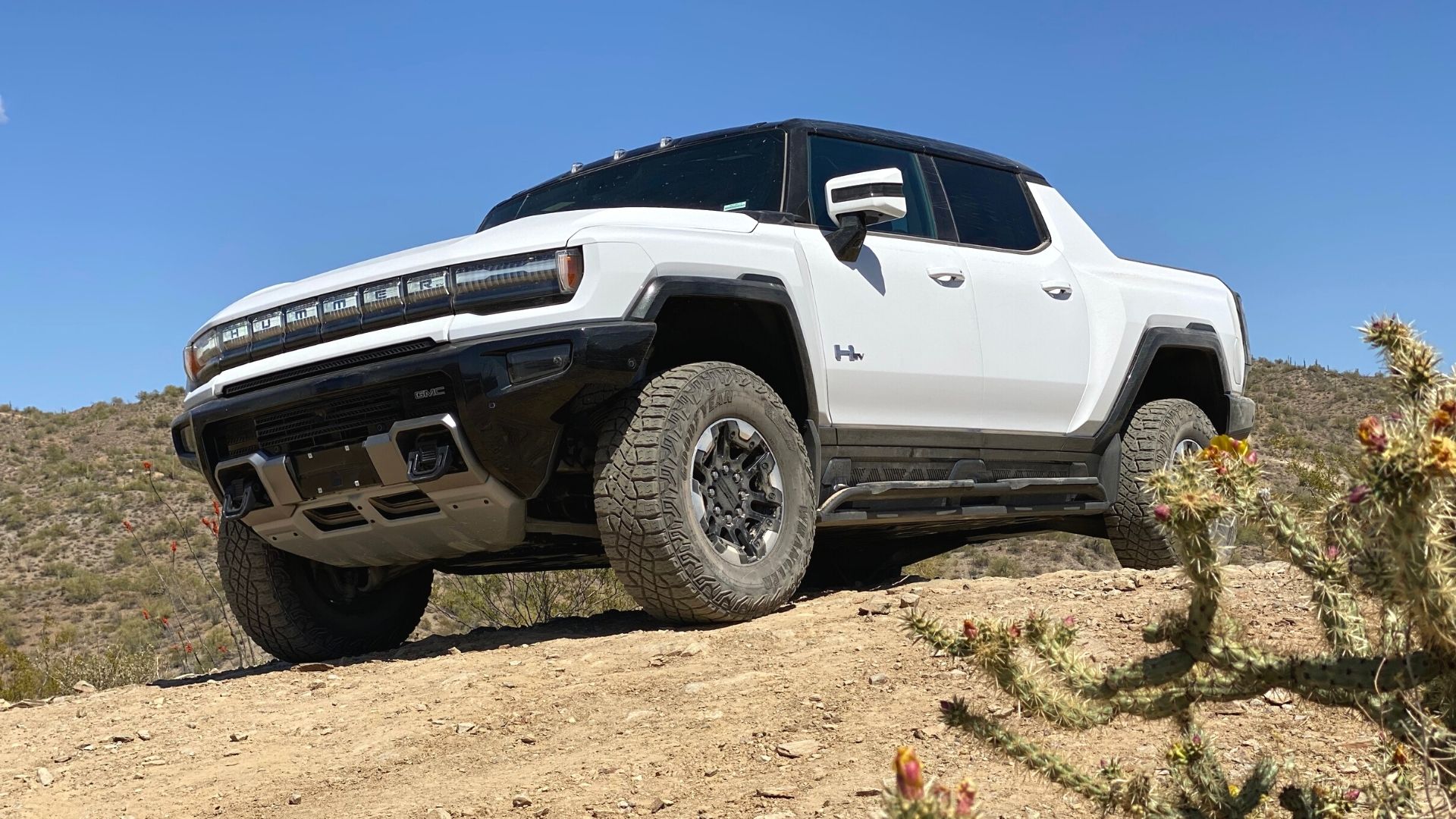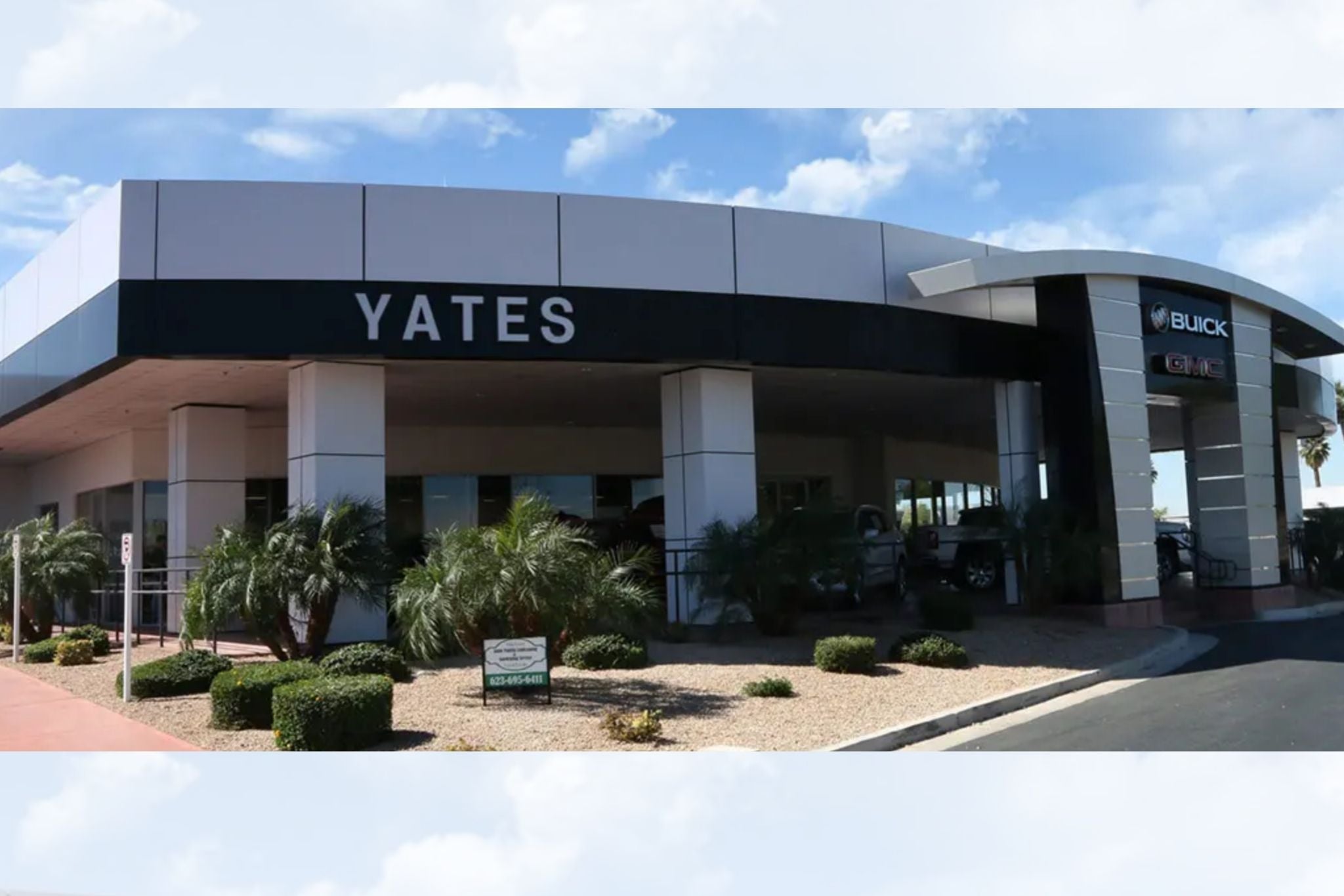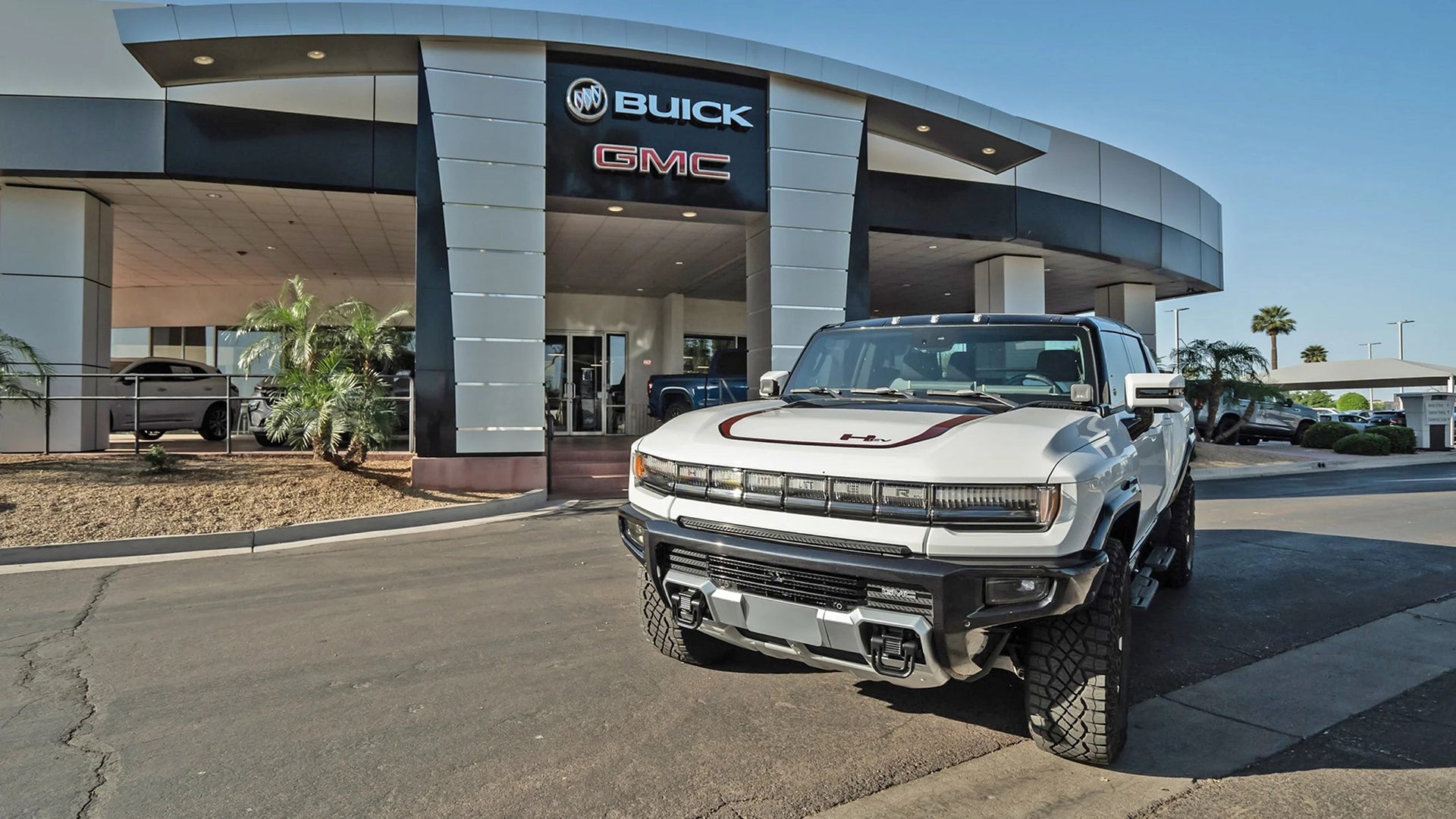The past two years have been a gauntlet of obstacles and rapid-fire changes for the automotive dealer industry. In some ways, it has been a period of disruption that has spawned innovation and sped-up timelines for future plans. And adjusting for the EV market is the million-dollar question right now.
In a swim-or-be-eaten-by-sharks moment, many new car dealerships are grappling with big decisions. The vast majority of them are solely outfitted for gas-powered vehicles, including fuel pumps, service departments carefully scheduled to hum through the day’s work with familiar procedures. With the onslaught of electric and electrified models, dealer owners and managers are tasked with catching up quickly. In some cases, that means a big investment in EV-related equipment, new employees, services, and training those already on staff.
Dealerships already know that if they don’t deliver, another business is going to be the shark. The last thing they want to do is chum the waters with a slow response. In the process, not every facility is going to make it, so the reckoning is underway.
Of all companies, it’s General Motors that provides the most instructive example of how this is playing out on the front lines of automotive retail. There’s perhaps no brand more known for institutional inertia than GM—but also, few companies with more ambitious electrification plans at the moment, plans that are meeting both resistance and acceptance among its franchise dealer network. Big picture, how car dealers will ultimately navigate the switch to EVs remains to be seen, though one thing is already certain: it’s no longer business as usual.
GM Is All in on EVs
Lest you think the Big Three are dinosaurs that will fade quietly into oblivion, GM is in an all-out sprint to jump ahead of everyone’s expectations. Case in point: Cadillac launched its all-electric Lyriq crossover last year, nine months earlier than planned. GM’s CEO Mary Barra and President Mark Reuss decided in 2019 that the iconic Hummer would be reborn as an EV and gave the team a quick two years to get it done. Overall, GM has stuck its neck out; the conglomerate committed to 30 new global electric vehicles with a $35 billion global investment in EV and AVs through 2025. That includes $2.5 billion for its third Ultium Cells battery plant alone.
The balance for automakers between keeping fans of internal combustion engines happy while planning for its future economic health is difficult to maintain. Add the complications of a global health crisis that caused a massive chip shortage, labor scarcity, and supply chain disruption that slowed everything to a crawl and that becomes a looming mountain of uncertainty.

In the end, Barra believes none of those factors will prevent GM from going 100 percent electric over time, and she has spoken quite plainly about her goals.
“Climate change is real, and we want to be part of the solution by putting everyone in an electric vehicle,” she proclaims on the GM site. Part of that strategy is a new partnership with Honda for EVs. The two very different automakers have agreed to build electric crossovers in the sub-$30,000 range, which is what the market is demanding.
In June of last year, Pew Research Center published a survey showing that seven percent of adults in the U.S. reported they currently have an electric or hybrid vehicle. Thirty-nine percent of those surveyed said they were very or somewhat likely to seriously consider buying an electric vehicle the next time they’re in the market for new wheels. Further, 57 percent of Millennials (born between 1981 and 1996) favor phasing out production of new gas-powered vehicles by 2035 compared to 38 percent of Baby Boomers (born between 1946 and 1964). No matter the buyer's age or income, what's not changing is that anyone who wants a new EV from any legacy OEM will still need to go through the traditional dealership network, which is now undergoing its own transformational changes—willingly or not—to prepare for this moment.

One GMC Dealership Dives In...
Almost 40 years ago, a young man in the Phoenix area started a used car dealership with no family history in the automotive industry and virtually no money. Mike Yates convinced GMC to give him a chance and in 1984, he signed an agreement with the brand to sell GMC trucks. His little lot became Yates Buick GMC, and his daughter Whitney Yates-Woods took over as dealer principal last year after her dad passed away.

Yates-Woods and her brother Tyler, the dealership’s executive manager, opted to move forward with a $500,000 investment for a fast-charging station, a regular electric charging station, special lifts for the new EVs, forklift training, and additional training for the dealership’s newly-minted EV specialists. Their faith in GMC won’t go unrewarded: their dealership was the first in Arizona to receive the new Hummer EV. That will pay off in marketing and foot traffic into the dealership as people clamor to take a look at the new truck. In short, GM asked dealerships to show how much they wanted to stick with the brands by requiring them to throw in their own money.
“It’s up to each individual dealership to invest,” Yates-Woods told me. “They won’t give you that first Hummer if you’re not up to par.”
As we now know, the Hummer EV weighs more than 9,000 pounds, and the battery alone tips the scales at nearly 3,000 pounds. Yates Buick GMC’s existing lifts could only handle a max weight of 8,000 pounds, so two new superlifts were on the inventory list of new equipment. The dealership’s new fast charger can pump up the range by 100 miles in 10 minutes, and three new Blink chargers will be available to all customers.

... And Some Dealerships Opt Out
The expense isn’t palatable across the board, and owners have had to wrestle with the numbers to determine if they expect a return on investment in their respective markets. It wasn’t long after GMC announced the development of the new Hummer two years ago before dealerships were asked if they were in or out. Yates Buick GMC didn’t falter. At the same time, Yates-Woods recognizes that decision was much more difficult for smaller dealerships.
“The Phoenix area is a large market, so we’re lucky we had the funds to be able to do it,” she told me. “We get Teslas and other EVs here on trade so it wasn’t a foreign concept. Customers are calling every day for EVs, and we are in a good position to go all in. But if you’re a smaller dealer without the money I could see how there would be a difference in opinion.”
Clearly, not everyone wants to play in the EV scene. When Cadillac offered its dealer network the option to bow out and shut down for a cash buyout instead of investing hundreds of thousands of dollars into EV equipment, a full third of businesses took the deal to shut their doors, dropping the total number in the country from 920 to around 600 once all the buyouts are completed. One dealer with an Art Deco showroom in downtown Louisville, Kentucky closed after 75 years; WDRD News reported that the dealership's owners decided to take the buyout rather than spend about $250,000 installing charging stations and adding EV-compatible tools.

What's Next?
Planning for the future of EV sales is still cloudy, Yates-Woods said. She’s enthusiastic about what’s to come and has some ideas about how the service department will evolve as well. Service can represent more than 40 percent of a dealership’s revenue, according to data collected by the National Automobile Dealers Association (NADA). It would be understandable for a dealership owner to be cagy about the switch to electric cars, but Yates-Woods sees a stream of ICE cars coming in for quite a while, as the average car in her service department is eight years old.
“Right now, it’s kind of an unknown area,” she said. “I think we’ll have combustible cars for the next 15-ish years and we’ll still be servicing them. Eventually, the service department will turn toward computers; our department is already well versed. We may even get into technicians going to people’s homes like a Geek Squad. We’ll have to adapt.”
Whatever the next phase looks like, dealerships like Yates GMC Buick will have to continue to find ways to stay ahead of the consumer market as the long separation from gasoline carries on.
Got a tip? Send me a note: [email protected].









